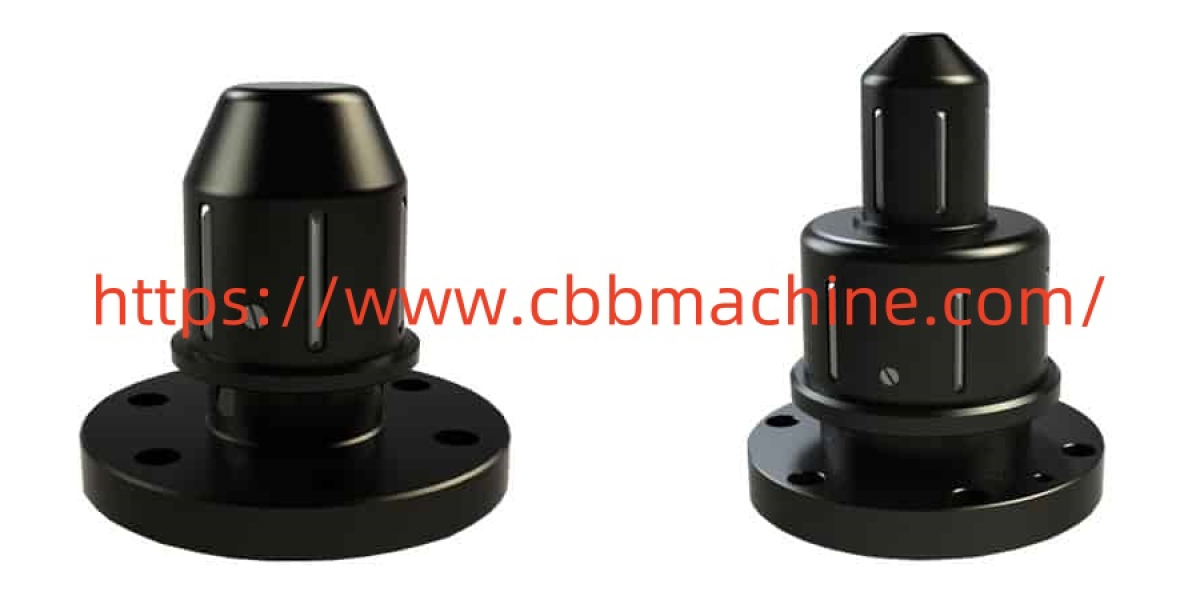Unlock the Secrets to Choosing the Perfect Solar Inverter for Your Home!
Solar inverters play a crucial role in solar energy systems by converting the direct current (DC) produced by solar panels into alternating current (AC), which is the form of electricity used in most homes. As the backbone of a solar setup, the inverter not only enables the use of solar energy but also affects the overall efficiency and performance of the system. This article aims to guide you through the process of selecting the right solar inverter for your home installations. By evaluating various factors such as inverter types, features, and specifications, you will be better equipped to make an informed decision that suits your energy needs and budget.
Understanding Solar Inverters
A solar inverter is an integral component of a solar energy system, responsible for converting the DC electricity generated by solar panels into AC electricity that can be used to power your home or fed back into the grid. There are several types of solar inverters available, each with unique characteristics and advantages. The most common types include string inverters, which connect a series of solar panels together; microinverters, which attach to individual panels, allowing for greater flexibility and performance optimization; and power optimizers, which enhance the efficiency of string inverters by managing the output of each panel. Understanding these types will help you determine which inverter best fits your system’s layout and performance goals.
Key Factors to Consider When Choosing a Solar Inverter
When it comes to selecting a solar inverter, several key factors can influence your decision. Efficiency is paramount; look for inverters with high conversion rates to maximize the use of solar energy. Lifespan is another critical consideration, as many inverters come with warranties ranging from five to twenty-five years. A longer warranty often indicates a more reliable product. Compatibility with your solar panels is essential as well, ensuring that the inverter can effectively handle the energy output of your system. Additionally, assessing the inverter's performance in various conditions, such as shading or temperature fluctuations, can help you choose a reliable option that performs well under different environmental circumstances.
Evaluating Inverter Features and Specifications
When evaluating solar inverters, it's important to consider specific features that can enhance your system’s performance. Monitoring capabilities allow you to track the efficiency and production of your solar energy system in real-time, providing valuable insights into its operational status. Grid connection options are also vital, as they determine how your inverter interacts with local utility grids, especially if you plan to sell excess power back to the grid. Safety features, such as anti-islanding protection and overvoltage protection, are crucial to ensure the safety of your home and the longevity of your solar investment. By understanding these specifications, you can choose an inverter that not only meets your needs but also aligns with safety and efficiency standards.
Finding a Dealer or Installer
Finding a reputable dealer or installer for your solar inverter is a critical step in the installation process. Start by seeking certified professionals who have a solid track record in solar energy installations. Local installers often have a better understanding of regional regulations and can provide personalized service. They may also have established relationships with local suppliers, which can lead to better pricing and quicker installation times. Recommendations from friends or family who have gone through the installation process can also be invaluable. Ensuring that you choose a knowledgeable and experienced installer will contribute significantly to the success of your solar energy system.
Making an Informed Choice
In conclusion, selecting the right solar inverter is a crucial decision that can significantly impact the efficiency and performance of your solar energy system. By understanding the various types of inverters, key factors to consider, and essential features, you can make a well-informed choice that suits your needs. Take the time to research and consult with professionals to ensure that you select the best inverter for your home. Remember, this investment not only contributes to your energy independence but also supports a more sustainable future.








